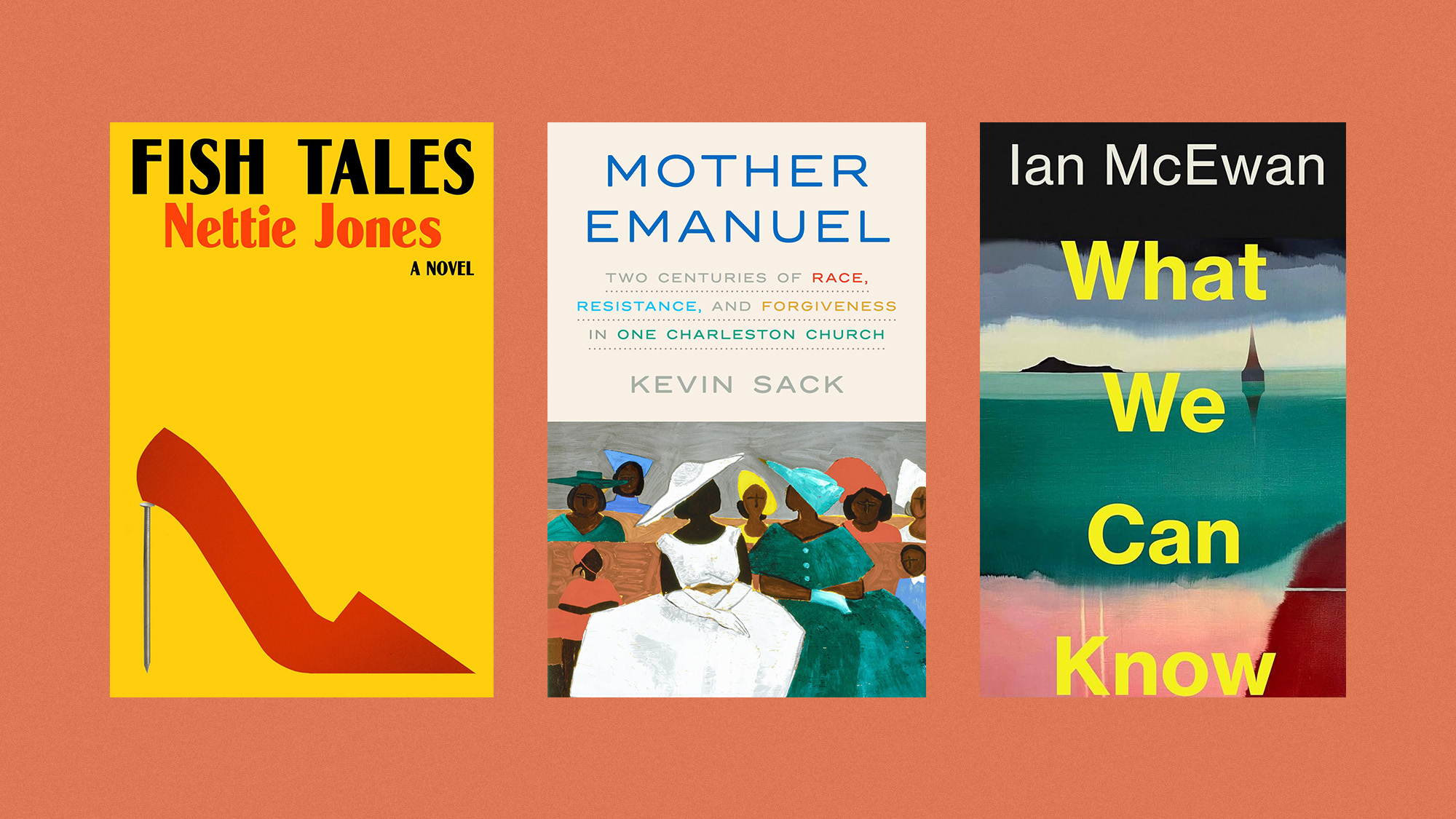This week’s travel dream: France’s lighthouse coast
The coast of Brittany is a place of tiny villages, oceanfront cliffs, and wild, empty beaches.
The end of the world is not that hard to get to, said Marta Zaraska in The Washington Post. If you ever visit westernmost Brittany, the locals can tell you how to find it. The whole region is called Finistère, or “end of the earth,” but to stand on the spot itself you must find a crumbling road near the village of Ruscumunoc, follow it west until it stops, then walk an overgrown path to the crest of a hill. There, the ground “suddenly drops toward the Atlantic Ocean,” and “France is no more.” A small sign will help you get your bearings: “New York 5,080 km.” You’ll probably be the only person in sight.
The coast of Brittany specializes in such places. It’s a “land that time forgot,” a place of tiny villages, oceanfront cliffs, and wild, empty beaches. Determined to explore it, I recently built a trip around visiting its lighthouses, which number a remarkable 148 and include one that dates to the 1690s. “For me, there’s nothing better in Brittany than walking,” and I say that even after climbing the 307 steps of the 19th-century Eckmühl Lighthouse, one of the tallest in the world. The coast is spectacular, and loaded with surprises. Near the 1835 lighthouse at St.-Mathieu, I stumbled upon bunkers, covered in tall grass, that had been built by the Germans when they were hoping to defend occupied France from Allied invasion.
Driving toward the town of Carnac, “I suddenly notice something that makes me bring the car screeching to a halt.” This small town is home to some 3,000 ancient stone monoliths, many of them standing like mute sentinels in the middle of forests and fields. They’re believed to predate Stonehenge, but no one, I learn, knows why they were placed here. A day after arriving, I buy some local oysters and make a picnic lunch of them while sitting on a fallen menhir. Aside from bells ringing in a nearby medieval church, all is quiet. “Brittany may not be the end of the world, but sometimes it feels as if it were. In a good way.”
The Week
Escape your echo chamber. Get the facts behind the news, plus analysis from multiple perspectives.

Sign up for The Week's Free Newsletters
From our morning news briefing to a weekly Good News Newsletter, get the best of The Week delivered directly to your inbox.
From our morning news briefing to a weekly Good News Newsletter, get the best of The Week delivered directly to your inbox.
At Brittany’s Hotel Le Croiseur (hotel-le-croiseur.com), doubles start at $80.
A free daily email with the biggest news stories of the day – and the best features from TheWeek.com
-
 ‘Lumpy skin’ protests intensify across France as farmers fight cull
‘Lumpy skin’ protests intensify across France as farmers fight cullIN THE SPOTLIGHT A bovine outbreak coupled with ongoing governmental frustrations is causing major problems for French civil society
-
 The best books of 2025
The best books of 2025The Week Recommends A deep dive into the site of a mass shooting, a new release from the author of ‘Atonement’ and more
-
 Inside Minnesota’s extensive fraud schemes
Inside Minnesota’s extensive fraud schemesThe Explainer The fraud allegedly goes back to the Covid-19 pandemic